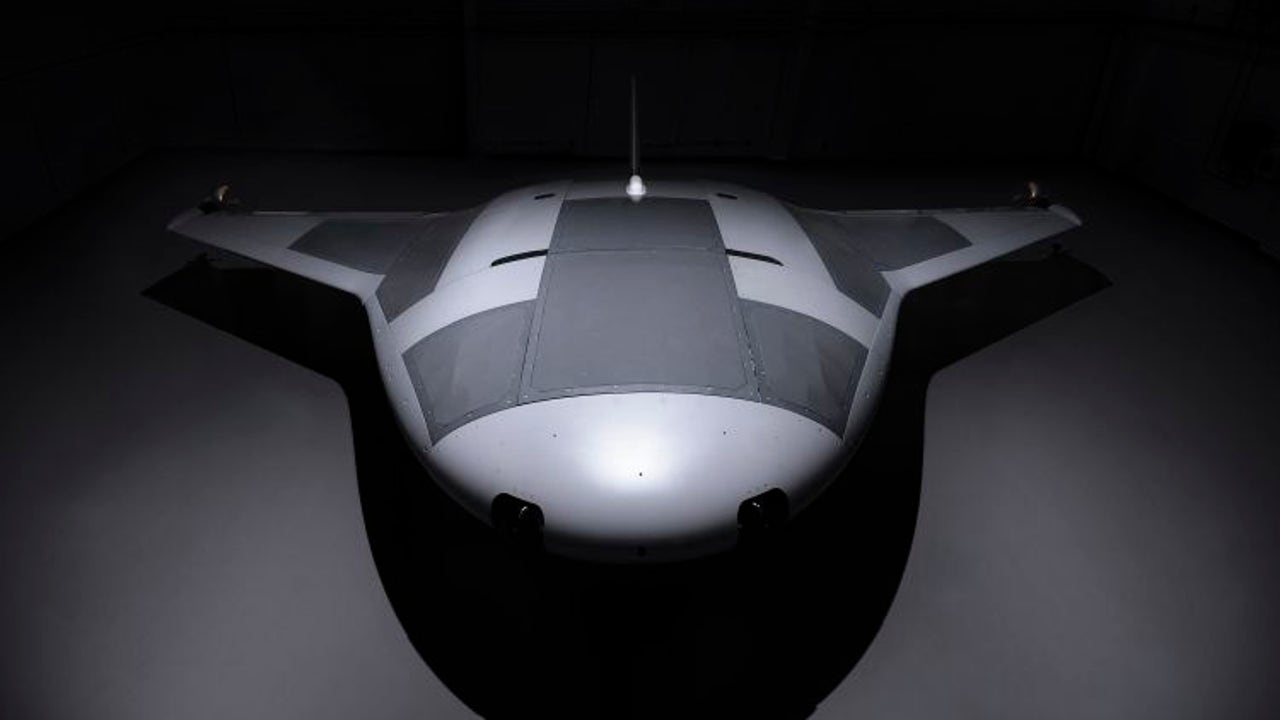Northrop Grumman Corporation has completed the assembly of a prototype unmanned underwater vehicle,UUVby its acronym in English, called Manta Ray for his inspiration in themanta rays or giant blankets. This is a new class of UUV, with an “extra-large glider”-like design that will operate long-endurance, long-range underwater missions, with enhanced payload capability. and without the need for human logistics.
Manta Ray is an initiative of the United States Defense Advanced Research Projects Agency,DARPAfor its acronym in English, intended to develop and test critical technologies that will be key in the future development of other UUVs. Among other, techniques to manage energy and low power propulsion.
“These systems could allow a greater operational flexibility to traditional host vessels, while providing workload relief to traditional service ports,” DARPA noted.
The development of Manta Ray has among its objectives extend the duration of operations in remote environments and without human assistance. Once deployed, this new UUV will operate independently of ships and ports.
Northrop Grumman describes the prototype design as an “extra-large glider,” which It is based on the elegant movement of stingrays. Unlike traditional designs that rely solely on variable buoyancy propulsion, Northrop's incorporates propellers or propellers to move.
Thus, imitating the shape and movement of its homonymous fish, the drone presents a body with similar properties to a marine “glider” for optimal maneuverability and efficiency. Although the precise dimensions have not yet been disclosed, the emphasis is on emulating the way stingrays move.
The Manta Ray drone can collect energy from the environment and anchor to the seabed in a state of low energy consumption. Northrop Grumman claims the vehicle is equipped with “energy-saving technologies.” However, its precise nature is still unknown.
Collaborating with Seatreca renewable energy company, Northrop has developed energy harvesting technology capable of provide continuous power to the Manta Ray over almost unlimited distances and durations. While many UUVs are limited by the amount of stored energy they can carry on board, Northrop-Seatrec's “Mission Unlimited Unmanned Underwater Vehicle (UUV) Station” aims to solve this problem. Currently, the Mission Unlimited UUV station exists on paper but has not yet been prototyped.
The Unlimited Mission UUV Station integrates the Thermal Energy Pod from Seatrec, which harnesses energy from the ocean's thermal gradient, using the temperature difference between mixed surface water and colder depthsand converts it into electricity.
Along with Northrop's development of a self-contained and self-insulating electrical connector, this system facilitates underwater connections even when submerged. Northrop also claims that its connectors will not only allow power transfer between the Mission Unlimited UUV station and Manta Ray. You can also send large volumes of information through “data bubbles”. These are small electronic devices that store data and, as indicated Brian Theobaldchief engineer for Northrop's Manta Ray program, “when released from the station, they float to the surface and begin using their RF satellite communications antenna to transmit data to shore, a satellite, or a ship.”
“Manta Ray is a multi-phase effort that includes an at-sea demonstration of critical technologies. “The program uses a disciplined systems engineering approach to define the objectives of the demonstration system and identify the enabling technologies necessary for future systems,” DARPA said.

